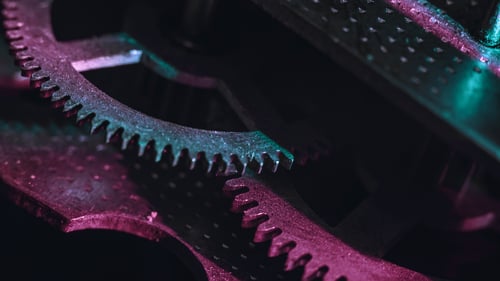At a glance: In the present blog series a guide on patenting medical inventions is provided. Part 1 deals with the difference between medical methods and products. Further, an exceptional case or constellation in which also a medical product is excluded from patent protection is discussed.
What’s the matter?
Medical methods, i.e., surgical, therapeutic or diagnostic methods are excluded from patent protection.
Why is it important?
Depending on what is disclosed in your patent application you may not be able to provide claims that cover your medical invention in a way that is not excluded from patent protection.
What’s the critical point?
While medical products in general are not excluded from patent protection, if there is a medical method step inevitably included in providing the claimed medical product, a claim directed to such medical product will still be excluded from patent protection.
What needs to be kept in mind?
Deciding which claim category needs to be chosen and which details about the invention need to be disclosed, as well as assessing whether there are medical method steps inevitably included in providing a respective medical product, are of paramount importance when drafting patent applications for medical inventions.
Overview
The following flowchart provides some guidance for assessing whether a medical invention is excluded from patentability. Each step of the flowchart will be discussed one by one in the present series of blog posts.
Step 1: Medical product or method?
Medical methods are excluded from patent protection in Germany and before the European Patent Office (EPO)[1]. This exclusion is based on the rationale that every practitioner and clinician should be free in her or his choice of the best treatment for patients without having to consider any legal consequences due to patent infringement. The general question “Could I sue a practitioner/clinician due to patent infringement based on the present claim?” is a good first check in assessing whether the subject-matter of a claim could eventually be excluded from patent protection.
However, products for use in medical methods (medical products), e.g., substances, compositions, apparatus and devices, are explicitly not excluded from patent protection in Germany and before the EPO[2]. Likewise, methods of manufacturing such medical products are not excluded, too. This is consistent with the basic rationale of not hindering practitioners and clinicians in providing the best medical care possible. Using medical products, e.g., a medical device during surgery, i.e., the daily work of a practitioner or clinician, does not infringe mere product claims related to such medical products. However, manufacturing, offering and/or selling medical devices (without permission of the patent owner), i.e., what a competitor might do, regularly does infringe product claims related to said medical products.
Consequently, by choosing to protect a medical invention in form of a product claim, in general, exclusion from patent protection can be avoided. If a method needs to be protected, further steps of assessing whether the respective method might qualify as medical method and, thus, is excluded from patent protection need to be executed (discussed in the subsequent blog posts).
Yet, there is an exceptional constellation where although a medical product is claimed the subject-matter is nevertheless excluded from patent protection: If a medical method step, in particular, a surgical step is inevitably included in providing the claimed medical product, said medical product is also excluded from patent protection[3].
Case law example: Cerebral implant (T 1731/12)
Claim 1 of the underlying patent EP 1 613 394 B1 related to a:
Device with two electrodes and a controller configured such that
the stimuli of the electrodes reset the phase of the neuronal activity of at least two sub-populations of a neuron population such that the two sub-populations have a different phase after the stimuli.
According to the description, preparatory measurements and calibrations using already implanted electrodes are necessary to provide for the claimed resetting stimuli (functional feature).

Consequently, a surgical step is implicitly and inevitably included in providing the medical product, i.e., the cerebral implant. In order to be able to provide appropriate stimuli, a calibration of the device in a state in which the electrodes are already implanted to the brain of the subject is necessary. Thus, a surgical step must inevitably be executed in order to arrive at the final operable cerebral implant. As a result, the patent has been revoked by the board of appeal (BoA).
Summary
When you consider patenting a medical invention, in a first step, you should determine whether the subject-matter of a corresponding method claim would be considered as a medical method and fall under the exclusion from patent protection. Further, when claiming a corresponding medical product, you should ascertain that said medical product cannot only be provided by a medical method step, which would inevitably and implicitly be included in the medical product claim and, thus, lead to exclusion from patentability, too.
Download
Here you can download a summary of the above blog post for your quick review.
[1] Art. 53(c) sentence 1 EPC, § 2a Abs. 1 Nr. 2 sentence 1 PatG
[2] Art 53(c) sentence 2 EPC, § 2a Abs. 1 Nr. 2 sentence 2 PatG
[3] T 775/97 (2.6 of Reasons)
Read the other articles on this blog series:
Part 5: IP Diagnosis: Is my medical invention patentable? Part 5 – Treatment by surgery (berggren.eu)





